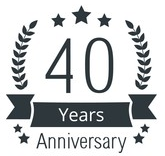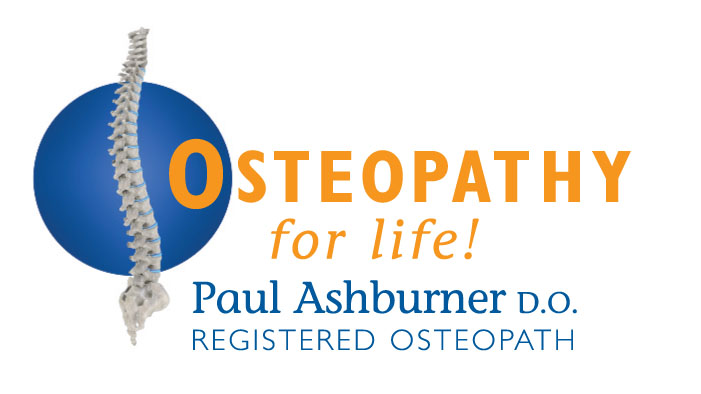
Frequently Asked Questions
Because of the expanded education and training programmes for both Osteopaths and Chiropractors, there are now very few differences between the two professions. In fact our similarities in terms of concepts and techniques now outweigh our differences and you may find more differences between individual practitioners than between the disciplines as a whole.
Osteopaths and Chiropratcors are regulated by Statute. That is to say that to call yourself an Osteopath or Chiropractor, you have to be a member of regulating body. Each profession has its own register of members who have met the required criteria for membership and members have to commit to completing a required number of hours of Continued Professional Development annually to maintain their membership. To find out more or to find an osteopath go to www.osteopathy.org.uk or to www.findan osteopath.co.uk. The Chiropractors will have their own register.
The way most new patients find their way to our door is by recommendation from a friend or relative. In fact this is the preferred way for practitioners to build their practice. So ask around in your close circle.
It's probably just as useful to make a judgement based on your relationship with the practitioner as on the technique he or she is using. You should feel comfortable and relaxed with them in order to gain full benefit from the treatment. Try to talk to them before you book an appointment. A good practitioner will usually be prepared to give you advice and information over the phone, without obligation.
Osteopathy is now governed by statute, and as such, certain qualifications and levels of competent practice are required by law. Commonly, the letters you will see after an osteopath's name will be: D.O.,( Diploma in Osteopathy) or BSc (Ost) Hons ( Bachelor of Science in osteopathy, Honours degree) The latter supersedes the diploma but is not a better qualification.
All osteopaths will have completed a course of four years. During this time they will have studied;
- Anatomy, in great depth, as this is our primary work tool, Orthopaedics, to understand disease processes of the bony structures of the body,
- Radiology, to be able to comprehend the images on X-rays and MRI Scans, Neurology, allowing us to interpret certain symptoms and tests, related to the nervous system,
- Physiology; which is the study of the body at a cellular level, we need to have an understanding of the way the body works so that when it starts to fail, we can understand why this is so and whether or not it can be relieved using osteopathy.
- Medicine; we need to have a reasonable understanding of disease processes and how they present in the individual, in order that we can be sure of being able to help, even if that means passing you onto your Doctor.
Certain diseases have pain patterns that mimic musculoskeletal problems. The best known example of this is a Heart attack ( myocardial infarction), where the pain may pass into the left arm and up into the neck. It is possible (although unlikely) that this could be mistaken for a shoulder problem.
In reality we will make an assessment of you and your presenting symptoms, let you know what we think and refer onwards, if necessary. Onward referral may be for something we have found co-incidentally, like high blood pressure, which needs to be re-checked by your Doctor, prior to an appropriate course of action. This type of referral may not affect our treatment plan. In other words, there are circumstances when we can still treat you whilst you are under the administrations of your GP.
Osteopathy has been regulated by statute since 8th May 2000. This means anyone not registered may not call themselves an osteopath - it is a criminal offence to do so. This regulation has been brought in to protect you. By ensuring all practising osteopaths are competent not only in their osteopathic skills but also in their medical diagnosis.
Osteopaths now, like doctors and dentists are Primary Healthcare Practitioners.
You can search the Register of Osteopaths on the General Osteopathic Council website at: www.osteopathy.org.uk. Or ask around your friends and family. Practitioners find that the best way to develop their practice is by word and mouth.
Whilst back pain is the most common problem seen, osteopathy can help with a wide variety of problems including changes to posture in pregnancy, babies with colic or sleeplessness, repetitive strain injury, problems caused by driving or work strain, postural problems in children, the pain of arthritis and sports injuries among many others. For more information Click here.
Osteopathy is patient centred, which means treatment is geared to you as an individual. Your osteopath should be able to give you an indication after your first visit. For some acute pain one or two treatments may be all that is necessary. Chronic conditions may need ongoing maintenance. An average is 4 -5 sessions
Most people consult an osteopath privately. An increasing number of GP's will refer patients to Osteopaths, so you should ask your doctor to refer you to an osteopath on the NHS.
Understandably, patients maybe a little apprehensive about visiting an Osteopath for the first time as they may well have heard about experiences from their friends and colleagues. To help reassure you we have provided an insight of what to expect which you can read here...
Whilst we will always aim to see new patients as soon as possible, there can never-te-less be some delay. Acute pain can be debilitating and so we have provided some useful tips about how you can help yourself to manage the pain.
Try both. Ice is advised for acute symptoms and to help settle any symptom flare up, it can be useful post treatment if you feel a little unsettled. Apply your ice source by first wrapping it in a tea towel then placing it over the area of pain. As a general rule don’t leave ice on an area for longer than 15 minutes - if the area is quite exposed e.g. the shoulder or wrist, you may only manage a couple of minutes before you need to take it away, this is fine, repeat as required.
Heat is useful for chronic conditions with muscle tension. It can also be particularly useful when you have a headache that has been caused by neck tension. In acute symptoms heat can make things worse. Never apply heat for longer than 30minutes at a time.
Contrast bathing is where you apply one then the other and is often useful a few days after an acute injury. Always start and finish with ice e.g 5 min ice, 5 min heat, 5 min ice.
Generally the thought of heat is a lot more relaxing that ice however don’t be afraid of ice - it can be a very useful tool when you are in pain.
New to the Practice?
To book an Initial Consultation you should call on 01773 843 033 during office hours. Our friendly reception staff will be pleased to find a convenient appointment for you.
Existing Patients:
Book your next appointment online by clicking the button below:
Book your Appointment
Conditions patients often seek our help for:
Latest News
Latest Articles
Payment Methods
We accept payments by cash, bank transfer and credit/debit cards.


